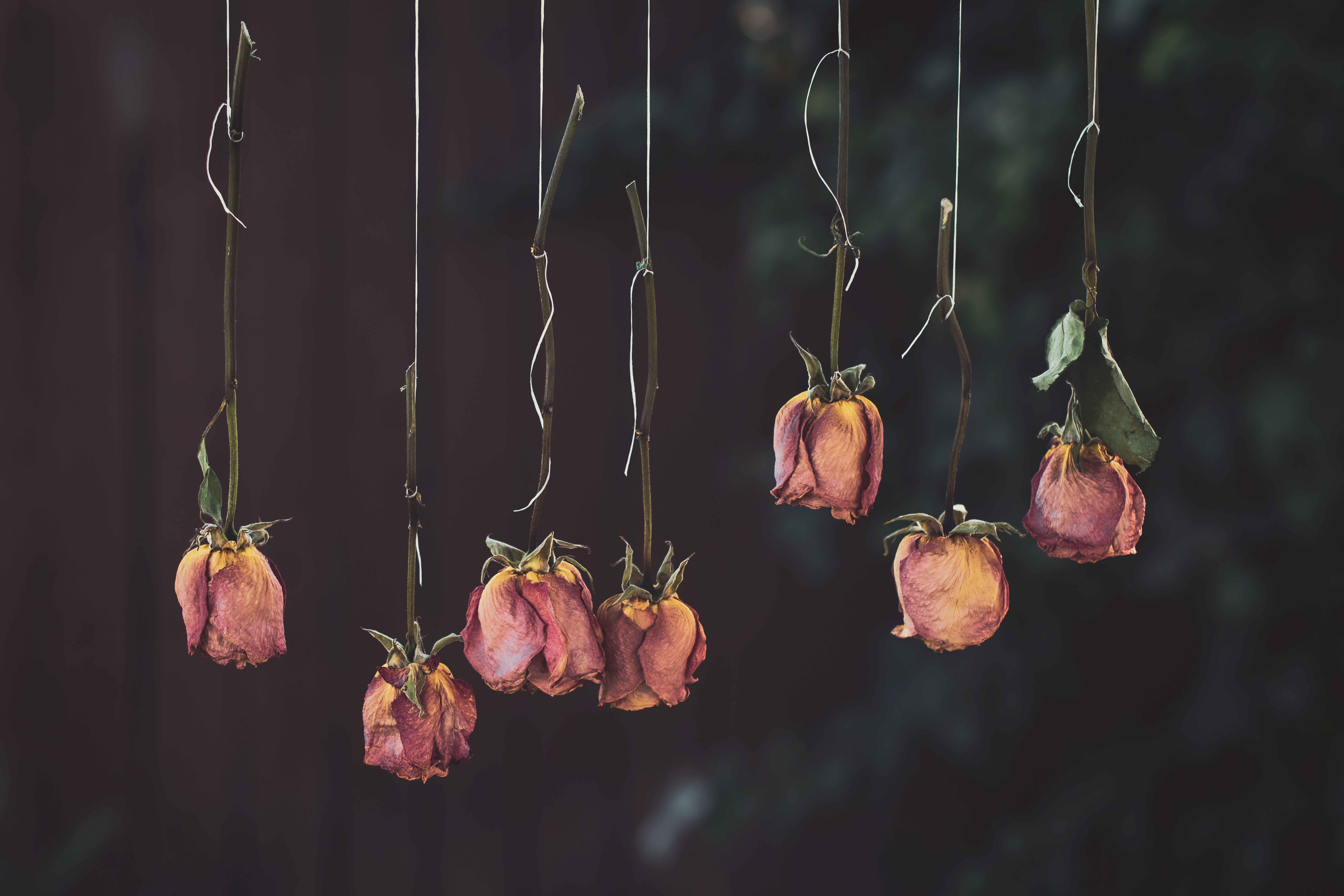Garden flowers bloom all year when dried

COLUMBIA, Mo. — In a press release, David Trinklein said, “The delicate, ephemeral nature of flowers undoubtedly adds to our appreciation of them. Many literally are ‘here today, gone tomorrow.’”
But flowers can be enjoyed all year long by drying them, said Trinklein, and now is the perfect time to gather the excess from our gardens and preserve them for future enjoyment.
Pick flowers and other plant materials destined for drying close to their prime. Many species can be harvested and dried at various stages of development (for example, bud or partially opened) for added interest in dried arrangements.
Always collect more material than you need to allow for damage, Trinklein suggested. “Use only the most perfect forms. Poor shapes dry as poor shapes. Use only plants and flowers free of insect and disease damage. Damage becomes only more obvious after drying. Pick flowers free of dew or rain. Promptly place stems in a container of water to prevent wilting while gathering.”
Trinklein recommended several popular methods for drying flowers: air drying, pressing, use of desiccants and microwave drying.
Air drying. Many garden flowers and wild plants can be dried simply by tying them together and hanging them upside down in a warm, dry place for several weeks. Choose flowers suited to this treatment such as “everlastings” and a few others that do not wilt readily. Dry some, such as globe amaranth, in bunches on their natural stems. On others, such as strawflower use wire as stems before drying.
Seed heads of many grasses and other plants also can be hung to dry. A few large flowers, such as peony and hydrangea, are sometimes dried this way. But hang large flowers individually rather than in bunches.
Pressing. Sandwich flowers (and foliage) between layers of a clean, absorbent material that can hold the flowers firmly during drying. Porous materials that allow some air movement are beneficial.
Place flowers between sheets of a non-glossy type of paper such as newspapers or old phone books. Place absorbent facial tissues on pages to speed moisture absorption. Remove tissues and flowers or foliage and replace with fresh, dry tissues and papers at the end of the first week. After placing flowers and tissues in the folded newspapers or books, stack them several layers deep. Place boards beneath and on top of the stack. Put the stack in a warm, dry place with a heavy weight on top.
You can also use a combination of cardboard, newspaper and desk-sized blotter pads. Cut corrugated cardboard into sheets slightly larger than the sheets of folded newspaper. Position flowers on one side of the opened newspaper. Close the newspaper and place blotter paper on either side.
Stack layers and tie or tape them together. Place them in a warm, well-ventilated place and apply weight to the layers. If pressing large numbers of flowers, write a date on the stacks to track drying time. Buy or build special presses for drying large quantities.
Drying with desiccants. At times, air-dried flowers become misshapen. This happens most often with flowers with a high moisture content or a flat, open shape. Dry these types of flowers by burying them in one of several desiccants that remove water more quickly than air drying while holding the flowers in their natural form.
Trinklein recommended silica gel to dry flowers at home. Silica gel costs more initially than materials containing borax, but it lasts for many years. It also dries flowers more quickly.
Silica gel is sold under several trade names. It is white, but some types contain blue crystals that indicate the amount of moisture that has been absorbed. When these crystals are a clear blue, the material is dry. As they absorb moisture, the crystals gradually turn pink. At that point it is time to dry the crystals in a warm oven before using them again.
Microwave drying. Microwave drying takes only a few minutes and provides dried flowers that look fresher and more colorful than drying by other methods. Support material such as silica gel must surround the flowers during heating and drying. Use heat-tolerant glass or microwave containers. Do not cover the containers. Place a cup of water in the oven before starting to prevent excessive drying.
Drying times vary – about one minute for smaller flowers or flowers with thinner petals and up to three minutes for dense flowers with many petals. Check frequently since microwave ovens and flowers vary. Microwave drying does not work well on flowers with thick petals.
After microwave treatment, place flowers in a container with silica gel for 12 to 24 hours to make sure they are cool and dry. Microwave-dried flowers tend to absorb air moisture, so spray petals with hair spray or lacquer and store in an airtight container.
The MU Extension publication “Drying Flowers and Foliage for Arrangements” is available for free download at https://extension.missouri.edu/g6540.
Miss Clipping Out Stories to Save for Later?
Click the Purchase Story button below to order a print of this story. We will print it for you on matte photo paper to keep forever.

